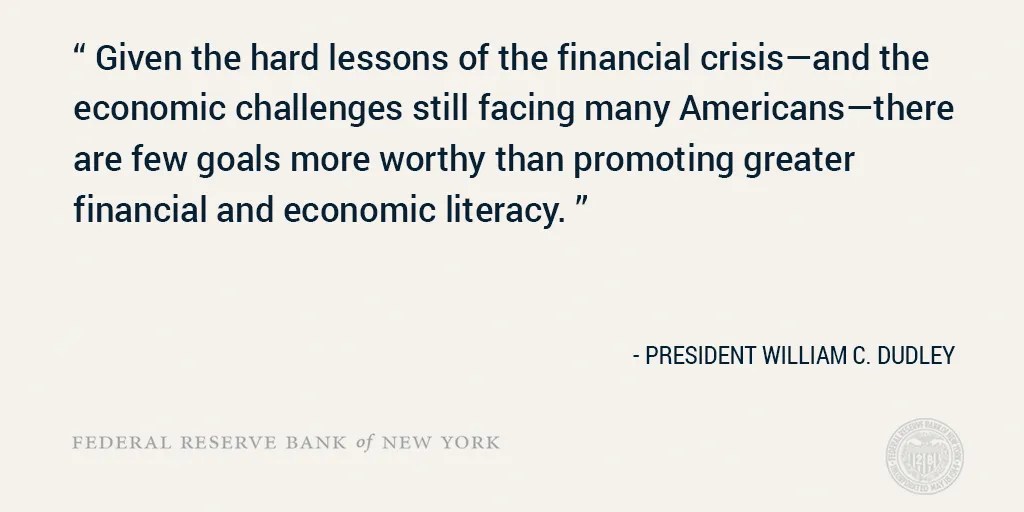A recap of insights, analysis and discussions we don’t want you to miss. Each month we compile key highlights from selected publications, events and perspectives to provide you with a deeper look into the work we do at the New York Fed.
New Resource: New York Fed Markets Data Dashboard

The New York Fed releases data on a number of market operations, reference rates, monetary policy expectations, and portfolio holdings. Now you can see them all in one place on the Markets Data Dashboard. It includes at-a-glance views of the following:
- Desk Operations — Results of all operations conducted by the New York Fed’s Open Market Trading Desk (the Desk); results of any small value operations conducted as authorized by the Federal Open Market Committee (FOMC); and statements, operating policies and historical transaction data.
- Reference Rates — The effective federal funds rate (EFFR), used by the FOMC as its operating target for monetary policy implementation, and the overnight bank funding rate (OBFR).
- System Open Market Account (SOMA) Holdings — The weekly release of dollar-denominated SOMA holdings and quarterly release of foreign holdings; and a statistical release of the consolidated balance sheet of the Federal Reserve and all 12 Reserve Banks.
- Surveys — The New York Fed’s surveys of primary dealers and a broader range of market participants on market expectations in connection with the eight FOMC meetings each year.
If you follow the New York Fed’s data releases or are interested in our market activities, learn more and take a video tour of the new interface.
Speech: President Dudley on Monetary Policy Outlook & the Importance of Higher Education for Economic Mobility
President William C. Dudley recently spoke at the Council for Economic Education’s 56th Annual Financial Literacy & Economic Education Conference. In his remarks, he addressed economic activity in the U.S., citing low unemployment, sturdy job gains, and rising wages — while recognizing a shortfall from the FOMC’s 2% inflation target. Dudley then discussed current trends, including wage inequality and low rates of mobility, as a backdrop for understanding the critical link between education and economic mobility.

Dudley examined the barriers to higher education — college readiness, lack of information, the high cost of college, and access to loans — and their impact on future financial success, including home ownership and wealth accumulation.
Analysis: Are There Job Opportunities in Retail?

The online shopping surge has created retail job growth — but not in traditional “brick and mortar” stores. To better understand the new trends, we analyzed retail industry employment data from 50 states, as well as Washington, D.C. and Puerto Rico, across roughly 700 counties. Key findings include:
- Between 2012 and 2016, about 75% of counties we studied lost department store jobs.
- While some counties added nonstore retail jobs, four-fifths of these counties had a job net loss during the period.
- The largest nonstore retail employment gain was in King County, Washington, home of Amazon.com, which doubled from 1.4% in 2012 to 2.8% in 2016, far exceeding the national rate of nonstore retail jobs that increased from 0.4% to 0.5%.
Report: Understanding Consumers’ Expectations
How are consumers thinking about the road ahead? The results from the Survey of Consumer Expectations show increased pessimism about earnings, spending, income growth, home prices, financial situations, and the stock market. Highlights include:
- Earnings growth expectations decreased to 2.3%, second consecutive drop since reaching 2.6% in July.
- Household income growth fell to 2.2%, the lowest level since February 2014.
- Inflation expectations increased at the 3-year horizon and were unchanged at the 1-year horizon.
About the Report: The Survey of Consumer Expectations is issued every four weeks and focuses on consumers’ experiences and expectations regarding overall inflation and prices for food, gas, housing, education as well as job prospects and earnings growth.
Stay Connected
Sign Up for In Review — our monthly email that highlights the latest work from the New York Fed.
Download our Economic Research Tracker to your iPhone® or iPad®
This article was originally published by the New York Fed on Medium.
The views expressed in this article are those of the contributing authors and do not necessarily reflect the position of the New York Fed or the Federal Reserve System.










